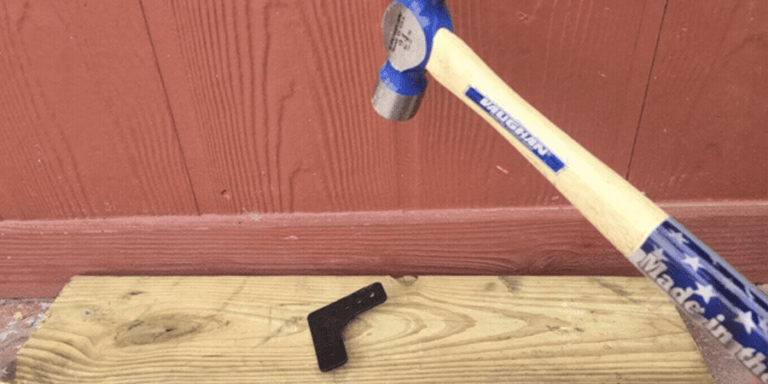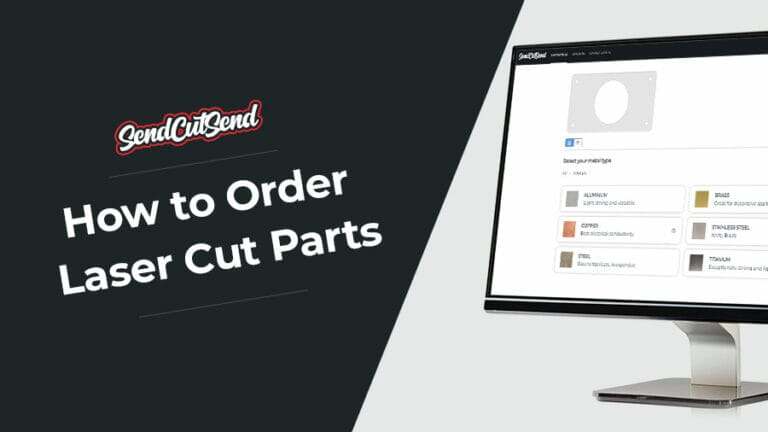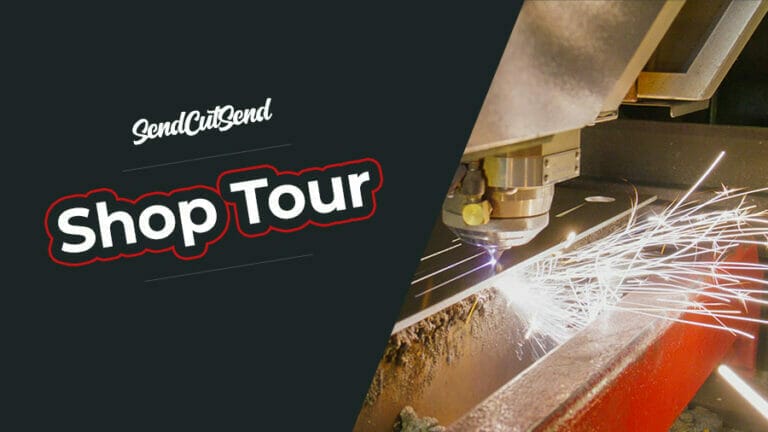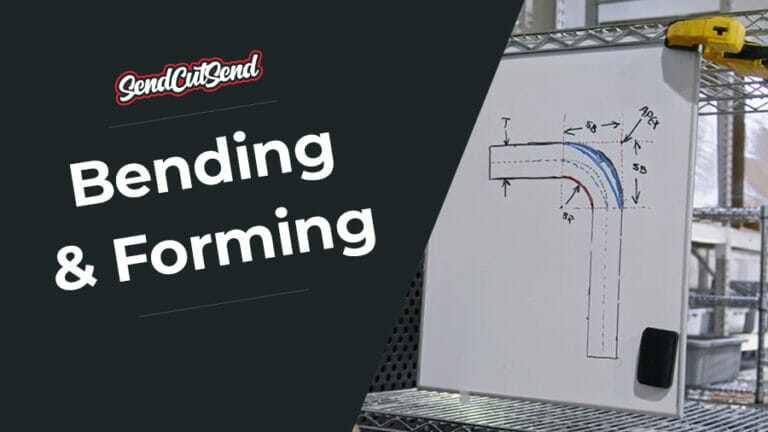Abrasion resistance refers to the ability of a material to withstand wear and erosion caused by friction or rubbing. It is a crucial property in various industries, particularly in manufacturing and construction, where materials are often subjected to repeated contact with abrasive substances, surfaces, or other materials. The resistance to abrasion is essential for ensuring the durability and longevity of products, machinery, or components.
Materials with high abrasion resistance can withstand the effects of scratching, rubbing, or erosion over time, maintaining their structural integrity and performance. Abrasion resistance is influenced by factors such as hardness, toughness, and the composition of the material.
Common applications where abrasion resistance is important include:
Industrial Machinery: Components like gears, bearings, and conveyor belts often experience abrasion during regular operation. Abrasion-resistant materials help maintain the efficiency and reliability of such machinery.
Construction Materials: In construction, materials like concrete, asphalt, and coatings may need to resist abrasion from foot traffic, vehicular movement, or exposure to harsh weather conditions.
Mining and Quarrying: Equipment used in mining and quarrying must withstand the abrasive nature of rocks and minerals.
Automotive Components: Parts like brake pads, tires, and engine components are designed to have good abrasion resistance to withstand the wear and tear associated with vehicle operation.
Protective Coatings: Abrasion-resistant coatings are applied to surfaces that are prone to wear, such as floors, pipelines, and equipment, to enhance their longevity and performance.
Various tests are conducted to measure and quantify the abrasion resistance of materials. Manufacturers often choose materials with specific abrasion resistance properties based on the intended application to ensure the reliability and durability of their products.
Material Ranking
Materials that are commonly used for abrasion resistance are steels, aluminums, titanium, brass and copper. At SendCutSend, there are many materials that can be used for abrasion-resistant parts. Below are some materials that can be used ordered in descending order of abrasion resistance.
- AR500 steel 500
- AR400 steel 400
- Grade 5 titanium 334
- 1075 spring steel 250
- 316 stainless steel 149
- 4130 chromoly steel 140
- A36 hot rolled steel 140
- 304 stainless steel 123
- 1008 cold rolled mild steel 100
- Grade 2 titanium 70
- 7075-T6 aluminum 150
- 2024 aluminum 120
- 6061-T6 aluminum 93
- 5052-H32 aluminum 60
- C260 brass 80
- C110 copper 35
Finish Types and Effects on Abrasion Resistance
At SendCutSend, there are a variety of finishing methods that can be used to increase abrasion resistance. These include Zinc and Nickel plating, powder coating, and anodizing.
Zinc
Zinc plating, a process that deposits a thin layer of zinc onto metal surfaces, can provide a degree of abrasion resistance. Thicker zinc coatings generally offer better protection against mild abrasion, such as surface scratching. However, zinc plating is primarily recognized for its corrosion-resistant properties. For applications involving severe mechanical wear, additional coatings or materials designed explicitly for high abrasion resistance will be more suitable. Overall, zinc plating’s effect on abrasion resistance is secondary to its primary role – corrosion protection. Read more about the benefits for zinc plating your laser cut parts.
Nickel
Nickel plating, a process that deposits a layer of nickel onto metal surfaces, is known for enhancing abrasion resistance. The hardness and durability of nickel contribute to the protection against wear and friction. The thickness of the nickel coating and the quality of adhesion to the substrate influence its abrasion-resistant properties. It is overall a better choice for improving abrasion resistance as compared to zinc plating. Here are some additional benefits to nickel plating your parts.
Powder Coating
Powder coating is a dry finishing process where a fine powder is electrostatically applied to a surface and then cured to form a durable finish. It is known for its notable impact on abrasion resistance. The powder coating material, typically a thermosetting polymer, creates a robust and protective layer that adheres well to the substrate. The versatility of powder coating allows for the application on various materials, ranging from metals to plastics.This coating imparts enhanced resistance against abrasion, scratches, and general wear and tear. However, the thickness of the powder coating and the curing process significantly influence its durability. The abrasion resistance comes at the cost of the powder coat wearing down over time.
Type 2 Anodizing
Type 2 anodizing is an electrochemical process that creates a protective oxide layer on aluminum surfaces, known for its positive impact on abrasion resistance. This anodized layer, typically composed of aluminum oxide, significantly increases the hardness of the aluminum substrate. The enhanced hardness provides an effective defense against abrasion, scratches, and wear. The thickness of the anodized layer and the specific process parameters influence the degree of abrasion resistance achieved. Apart from its protective qualities, Type 2 anodizing also offers benefits such as improved corrosion resistance and an aesthetically pleasing finish. This makes it widely utilized in industries ranging from automotive to consumer electronics for enhancing both functional and visual aspects of aluminum components.
Using Finishing Processes for Abrasion Resistance
In conclusion, enhancing abrasion resistance in laser-cut parts is crucial for extending their lifespan and maintaining performance across various industries. SendCutSend offers a diverse range of materials and finishing options tailored to meet these demands. Materials such as AR500 steel and Grade 5 titanium stand out for their inherent abrasion-resistant properties, making them ideal choices for applications subjected to high wear and tear. Furthermore, finishing techniques like nickel plating and powder coating offer additional layers of protection, significantly improving a part’s resistance to abrasion and environmental factors. Among these, Type 2 anodizing emerges as a particularly effective method for aluminum components, providing a hard, protective oxide layer that not only enhances abrasion resistance but also contributes to corrosion resistance and aesthetic appeal.
By carefully selecting the appropriate material and finishing option you can ensure your parts withstand the rigors of their intended use while maintaining structural integrity and performance.





